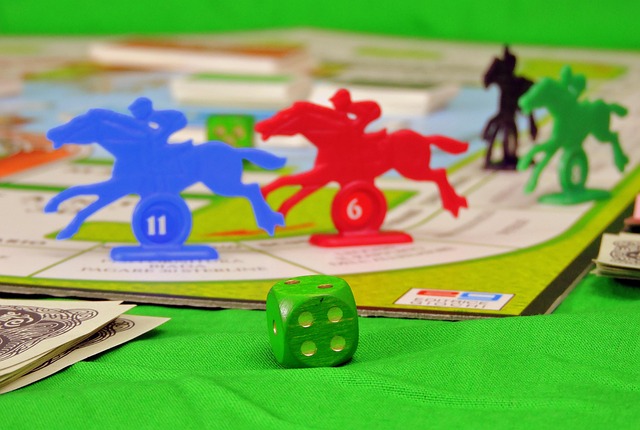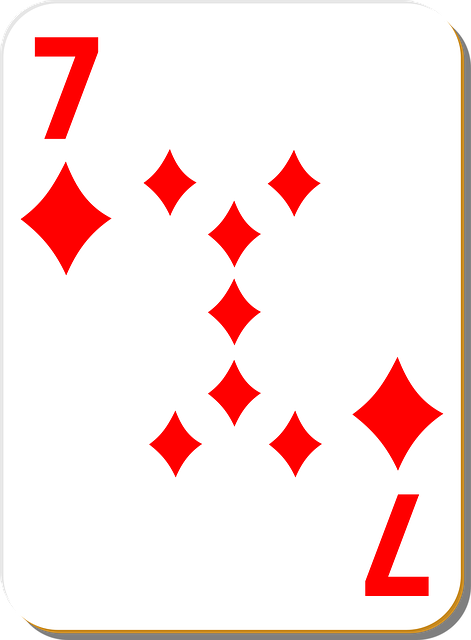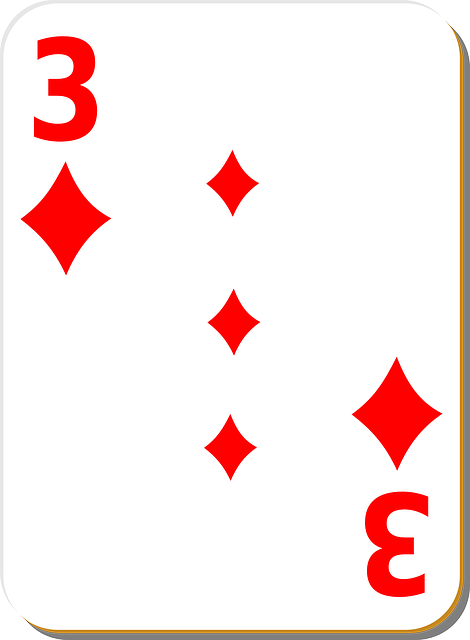Understanding betting odds involves grasping fractions, decimals, and percentages indicating event likelihood and payouts. Decimal odds show returns, fractional odds represent probability, and American odds use positive/negative values. Comparing formats, considering risk tolerance, and evaluating event probability strategically enhance winning prospects.
Unravel the mystery of betting odds and gain an edge in your next wager! This comprehensive guide, ‘Betting Odds Explained’, dives into the fundamentals, offering a strategic approach to interpreting and utilizing odds effectively. Learn to navigate the world of probabilities, dispel common misconceptions, and make informed decisions. From understanding basic concepts to advanced strategies, this article equips you with the knowledge to maximize your potential wins.
- Understanding Basic Betting Odds Concepts
- Strategies to Interpret and Utilize Odds
- Common Misconceptions and How to Avoid Them
Understanding Basic Betting Odds Concepts

Understanding basic betting odds concepts is crucial when navigating the world of sports wagering.
Betting odds represent the likelihood of a particular event occurring and are expressed as either a fraction, decimal, or percentage. They serve as a guide to potential payouts, indicating how much you could win for every unit wagered. For instance, if odds are listed as 2/1 (or 3.0 in decimal form), it means for every unit bet, you stand to gain two units back, plus your original stake. This simple concept forms the foundation for various strategies used by bettors worldwide.
Strategies to Interpret and Utilize Odds
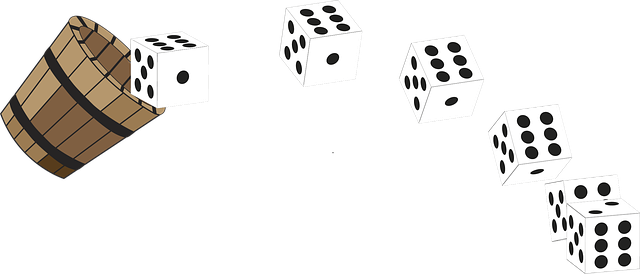
Understanding betting odds is half the battle won in any sports betting endeavor. But merely comprehending them isn’t enough; one must also know how to interpret and utilize this data effectively. Strategies for doing so involve focusing on the decimal, fractional, or American formats, depending on your preference. Decimal odds provide a straightforward representation of potential returns, while fractional odds offer insights into the probability of an event occurring.
American odds, on the other hand, are structured as either positive or negative values, with positive figures indicating potential payouts and negative figures suggesting the likelihood of an outcome. Knowing these formats allows bettors to compare different betting markets and make informed decisions based on their risk tolerance and strategic goals. Ultimately, mastering the art of interpreting and utilizing odds can significantly enhance your chances of placing winning bets.
Common Misconceptions and How to Avoid Them
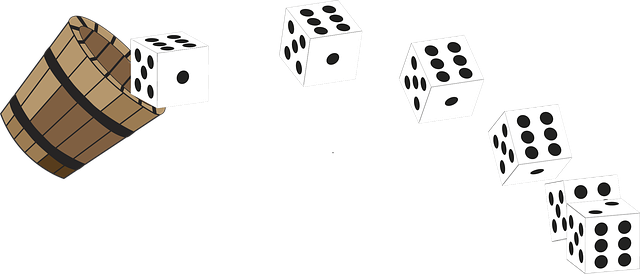
Many people approach betting with a sense of mystery, shrouded in jargon that seems impossible to comprehend. One of the most common misconceptions is that understanding betting odds explained is an intricate and complex task. However, this isn’t entirely true. At its core, odds represent the likelihood of an event occurring, simplified into numerical form. It’s akin to a ratio, showing how many times you can expect a particular outcome to happen out of all possible outcomes.
Another misconception is that higher odds always mean better value. While it’s true that bigger numbers indicate a more unlikely result, the actual betting odds explained benefit depends on the likelihood of that event occurring and the bookie’s margin. It’s crucial to consider not just the number, but also the probability attached to each selection, ensuring you make informed decisions based on both factors rather than relying solely on higher odds as a sole guide.
Betting odds are a fundamental aspect of gambling, offering insights into potential wins and losses. By understanding basic concepts and employing strategic interpretations, bettors can make more informed decisions. This article has demystified betting odds, provided practical strategies for their utilization, and highlighted common misconceptions to avoid. Now armed with this knowledge, folks can navigate the world of Betting Odds Explained with confidence, making every bet a calculated risk rather than a gamble.
